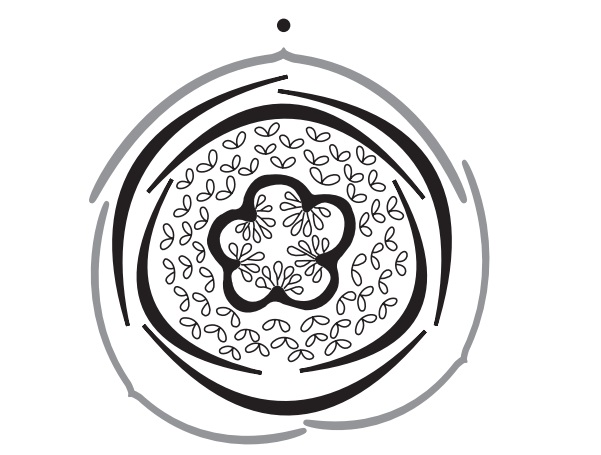Papaveraceae
| Home | | Pharmacognosy |Chapter: Pharmacognosy and Phytochemistry : Study of Different Families
A British systematic botanist J. Hutchinson published his work, The Families of Flowering Plants in 1926 on dicotyle-dons and in 1934 on monocotyledons. Hutchinson made it clear that the plants with sepals and petals are more primitive than the plants without petals and sepals on the assumption that free parts are more primitive than fused ones.
PAPAVERACEAE
Habit: They are mostly herbs with milky or yellowish latex.
Leaves: The leaves are radical and cauline, simple and
alternate, often lobed.
Flowers: These are solitary, often showy, regular, bisexual
and hypogynous.
Calyx: The sepals are typically two or sometimes three,
free, caducous.
Corolla: There are petals 2+2 or 3+3, arranged rarely more,
in two whorls (rarely three), large, free, rolled or crumpled in the bud,
caducous and imbricate.
Androecium: Stamens α,
sometimes two or four. They are free.
Gynoecium: The carpels (2- ∞), (4–6) in argemone. It is syncarpous. The ovary is
superior, 1-chambered, or spuriously 2- to 4-chambered, with 2-∞ parietal
placen-tae which may project inwards, as in poppy (papaver). The stigmas are distinct or sessile and rayed over the ovary, as
in poppy. The ovules are numerous.
Fruit: This is a septicidal capsule dehiscing by or opening
by pores. There are many seeds, with oily endosperm.
Floral formula: ⊕ H K 2 or 3 C 2+2 or 3+3 A ∞ G (2-∞)

Examples: Argemone mexicana, Opium poppy (Papavera somniferum), etc.
